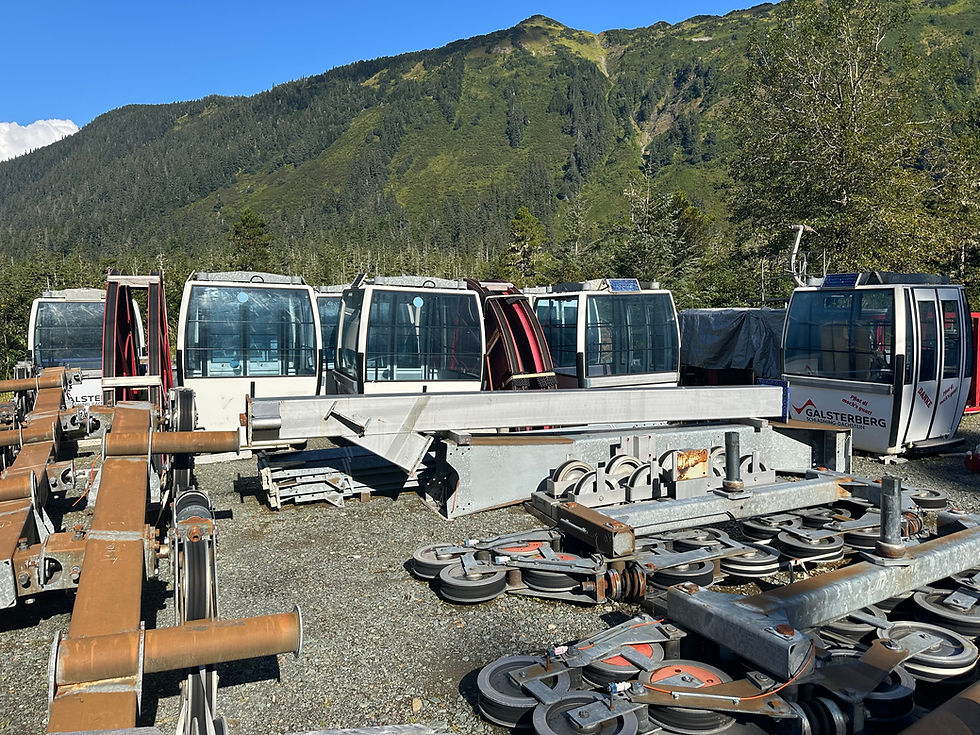Italian researcher who fell to his death on Mendenhall Glacier identified
- Mark Sabbatini

- Sep 8
- 2 min read
Riccardo Pozzobon, 40, fell into a stream while filling a water bottle, according to the university where he worked

By Mark Sabbatini
Juneau Independent
A man who died in a fall last Tuesday on the Mendenhall Glacier has been identified as an Italian researcher who had arrived about a week earlier to participate in a study of fractures of the Juneau Icefield glaciers, according to published reports.
Riccardo Pozzobon, 40, fell into a stream of meltwater while filling a water bottle, according to the Italian Geological Society. He was with two other people at the time, but they were unable to respond before he was swept into a hole on the ice and disappeared.
"Rescue teams arrived promptly and continued the search for Riccardo throughout the day, but sadly, (on Thursday) they announced that the search was unsuccessful," a statement posted by the organization notes.
Pozzobon was a researcher in the Department of Geosciences at the University of Padua in Italy, where he graduated from in 2010, according to a statement by the university. After graduation he specialized in planetary geology until he became an instructor on the European Space Agency's astronaut training course, and he "participated in numerous international missions."
"Riccardo was not only a brilliant researcher with a boundless passion for geology, but he was also a generous person, always willing to share his expertise with enthusiasm and a contagious joy," Nicola Surian, the geosciences department’s director, said in a prepared statement.
He departed Italy for Juneau on Aug. 26 and was scheduled to return on Tuesday. The project he was working on, according to a separate press release by the university, involved field surveys and satellite observations to produce multi-scale cartography.
"This approach will allow transferring knowledge acquired from studying terrestrial glaciers to the study of icy satellite surfaces, filling the gap in local-scale data," the release notes. "This way, it will be possible to gain a deeper understanding of fracture organization and identify the most promising structures for investigating the subsurface of icy satellites."
• Contact Mark Sabbatini at editor@juneauindependent.com or (907) 957-2306.












